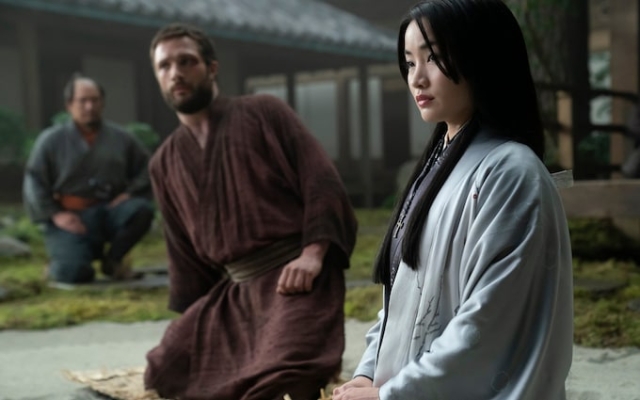 Cosmo Jarvis and Anna Sawai in the film «Shogun» Photo: FX
Cosmo Jarvis and Anna Sawai in the film «Shogun» Photo: FX
When 2024 began, few people had particularly high hopes for the new TV adaptation of Shogun. James Clavell's 1975 novel, which chronicled the various political and military machinations of 1600 Japan, was admittedly a much-loved phenomenon, selling millions of copies worldwide and inspiring a 1980 miniseries starring Richard Chamberlain and Toshiro Mifune. However, over the past few years, audiences have been so saturated with special effects-filled epic films that it seemed like this series could easily pass by audiences waiting for the next installment of House of the Dragon or The Lord of the Rings: The Rings. authorities.
Luckily, since it first aired on Disney+ (Hulu in the US) at the end of February, Shogun turned out to be one of the most impressive hits of the year. While the original miniseries featured the leading white character as John Blackthorne, an English naval captain caught up in the politics of various powerful warlords, this version has enough faith in the patience—and intelligence—of the audience to once again focus on the true hero Romana, the charismatic and brilliant Lord Toranaga; the eponymous shogun himself, the de facto ruler of Japan.
Played by one of Japan's best actors, Hiroyuki Sanada, Toranaga is both a military genius and has the ability to stay one step ahead of the various plots and ploys being hatched by his rival warlords, the so-called «Five Regents.» The Council of Five Elders who ruled Japan while the late emperor's young son remained a minor, but also demonstrated a ruthless, bloody realpolitik. If you think Game of Thrones is violent, prepare for much worse; knowing that it's based on historical fact rather than mythological invention means that the acts of violence depicted on screen pack a real punch, especially the many scenes of ritual suicide, or seppuku.
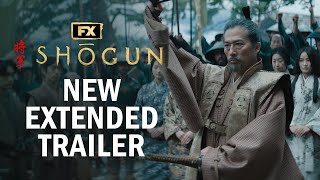
Clavell never wrote a sequel to Shogun, despite its enormous popularity; Although he wrote about the Far East several times in his so-called «Asian Saga», the subsequent books he wrote were set in either the 19th or 20th century. However, the TV series has been such a phenomenal success for production companies FX and Hulu that it has now been announced that they are, in corporate parlance, «moving forward to develop the saga with two additional seasons of the drama series.»
There is a funny meme showing Blackthorne with his translator Lady Mariko, in which he states in subtitles: “How dare you bastards tell me that the Shogun is ending forever! I don't care if you've exhausted the source material, I don't care if you've already completely adapted James Clavell's book! There is nothing like this program on television and I demand that you monsters continue it immediately!” Mariko translates his words as simpler: “Anjin [Blackthorne] wants a second season of Shogun.” Now his wish was heard.
Showrunners Rachel Kondo and Justin Marks, who did a superb job bringing the novel to life, will return, as will, of course, Sanada, who will retain his producer and star status. The press release is unclear on when we can expect to see the second series — «Production dates have not yet been set, but a writers' room is being assembled to begin this summer» — but given the complexity, size and cost the show would require, it would be unlikely. if we saw anything before 2026. But when the show returns, what can we expect to see?
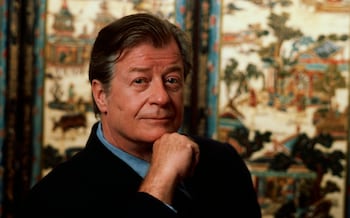 James Clavell in 1981 Photo: Getty
James Clavell in 1981 Photo: Getty
Kondo, Marks, Sanada and the rest of the team have several options. The most obvious solution is to continue the series immediately after the end of the current season, after the epic Battle of Sekigahara. Although Shogun was made with a big budget, it couldn't muster the resources to bring the seismic (and historically accurate) conflict to the screen.
Marks suggested in an interview with the Hollywood Reporter that this was something of a blessing. «Not for a second in the writer's room did we ever really say we wanted [a final battle],» he said. “Not because we couldn’t afford it – although we couldn’t. But because Clavell was not telling that story.»
However, given that the budget for the second part will undoubtedly be significantly larger, it is easy to imagine that the series could begin like Gladiator, showing the conclusion of the battle on screen, cementing Toranaga's power, and then The rest of the season focuses on the relationship between the all-conquering shogun and Blackthorne.
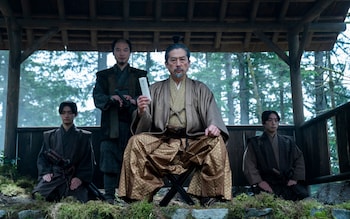 Hiroyuki Sanada in the film «Shogun» Photo: FX
Hiroyuki Sanada in the film «Shogun» Photo: FX
It will certainly satisfy fans of both the series and the book, as long as it stays true to the already established principles of characterization and plot, but it is also relatively safe and unadventurous. And the question remains whether business as usual is even possible here; as Marks said of the adaptation process, “It’s not so much a question of beating the book, but how do you even live up to the road map that Clavell laid out?” And I don't know if it's possible. I don't know if Clavell could do it either. That's probably why he moved on to other books, right?
There are other, bolder alternatives. Clavell wrote a total of six books in his Asiatic Saga, and Marx expressed admiration for the second book in the series, 1966's Tai-Pan, which focused on the Opium Wars of the 1840s, fought between the British Empire and China. in Hong Kong. It was produced in 1986, disappointingly, and was a disastrous box office flop, but a longer series would have done a much better job of capturing the complexity and epic scope of the book.
This would also mean that if Marks and Kondo wanted to create a so-called «Shogun Universe», they would have more options if they worked with Clavell's existing material rather than creating their own storylines. The difficulty here is that Sanada would not have had a compelling central role (the main characters are Westerners) unless significant changes were made to the existing novel. If that were to happen, the showrunners might be better off just creating their own original story rather than playing fast and loose with a beloved book.
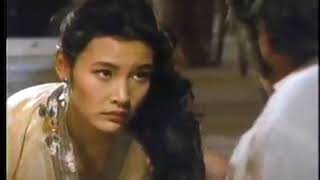
If the series does remain set in 17th-century Japan — and, reading between the lines, it seems like that's the overall goal — then there's a huge amount of rich historical detail to be explored. Toranaga's inspiration was the all-powerful Tokugawa Ieyasu, who became shogun in 1603 after the Battle of Sekigahara and continued to be the most powerful man in Japan until his death in 1616. His relationship with William Adams was a real source of inspiration. For Blackthorne and the Englishman, who was given enormous power and status but was never allowed to leave the country, continued to be a fascinating study of power and influence, as Adams was responsible for coordinating diplomatic relations between Europe and Japan.
This was of course hinted at in the flash forward of the series one finale, in which we saw Blackthorne's visions of himself as an old man living in England, even as he himself offers his life in an attempt to stop the bloodshed that has occurred resulting in the destruction of his ship, only for Toranaga to refuse to allow him to commit seppuku. This, of course, is nothing more than a fantasy.
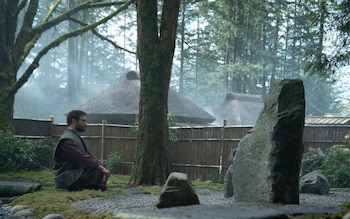 Cosmo Jarvis as John Blackthorne in Shogun Photo: Katie Yu/FX
Cosmo Jarvis as John Blackthorne in Shogun Photo: Katie Yu/FX
As Marx said: “[you] realize that this was not the dream of an old man looking back, but in fact it was the dream of a young man looking forward to one possible version of his life. A version of his life that he would have to end by killing this way. Blackthorne is not trying to kill himself, but the version of himself that he has always been. And when Toranaga knocks that knife out of his hand and then looks down at him, he is looking at a man now reborn to a completely different life.”
Of course, there were many more battles, not least the epic Siege of Osaka, which took place between 1614 and 1615 and consolidated the power of the Tokugawa shogunate. And of course, if the series continues, it could begin to explore similar territory to Martin Scorsese's still underrated Silence, revolving around the tension between Western missionaries trying to bring Christianity to the East and how the religion was banned in Japan. , as the so-called “religion of colonialism.”
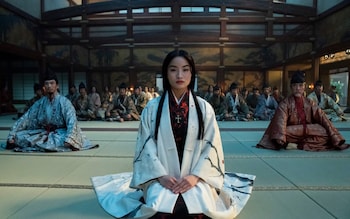 Anna Sawai as Toda Mariko in the film «Shogun» Photo: FX
Anna Sawai as Toda Mariko in the film «Shogun» Photo: FX
The alternative, of course, remains the possibility of a prequel series, perhaps revolving around the fan-favorite character Lady Mariko. Her dramatic and explosive demise in episode nine was, in its own way, as unexpected as Ned Stark's end in the first season of Game of Thrones. But the fact that, unlike Stark, she's based on a real-life character—Tokugawa ally Hosokawa Gracia—raises the prospect that she could return in seasons two or three as another major character, exploring her backstory. There are enough tantalizing flashbacks in the first season to suggest that this is a story very much worth telling, and if the excellent Anna Sawai could return to the role, it would be most welcome.
Whatever happens, Kondo and Marks have enormous potential to create something exciting and rich in historical detail and character, as long as they stay true to the spirit and traditions of Clavell's original. They're all too aware that many high-profile spin-offs of original source material can end up disappointing — few expect the second series of The Rings of Power to stand up to comparison with anything Tolkien came up with any more than the first. did — and the challenge they'll face is satisfying the millions of fans of the book and now its successful adaptation.
However, every viewer will wish them good luck in the upcoming difficult but exciting task. As Clavell wrote in his original novel, “Everything comes to him who waits and works.”
10 epic dramas you should watch next Read more





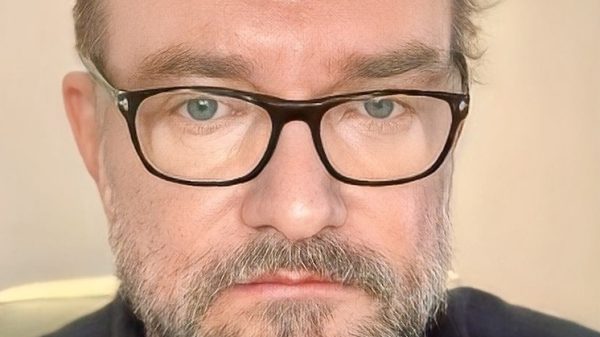






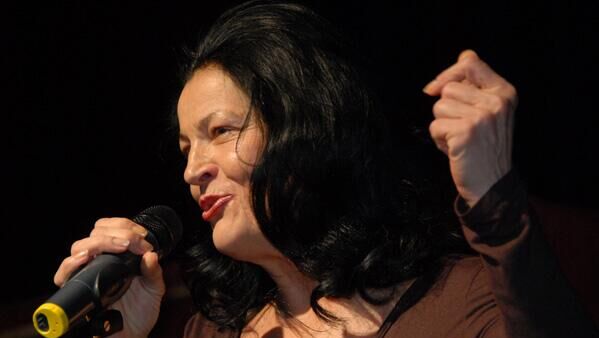
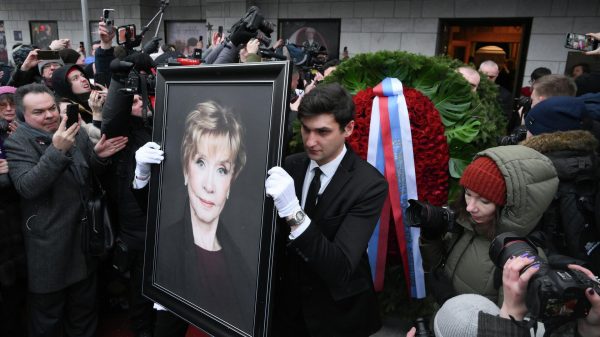
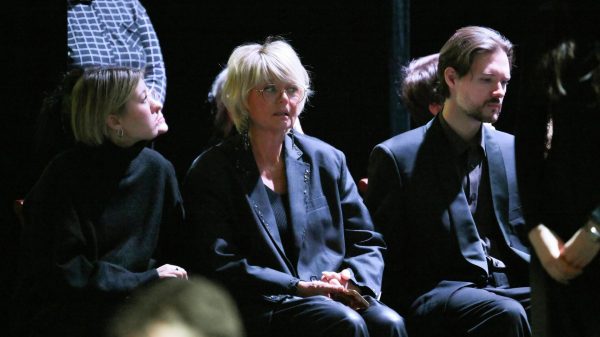

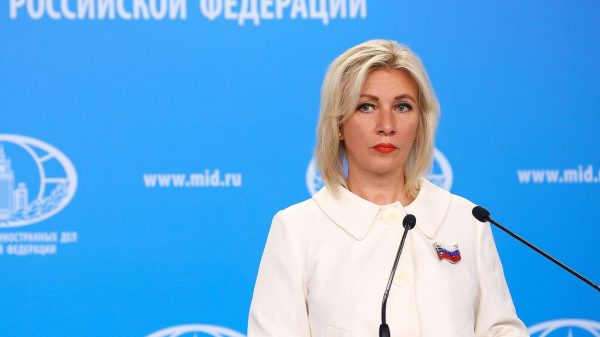

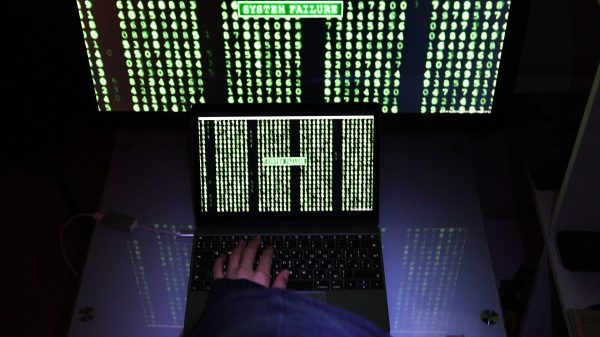
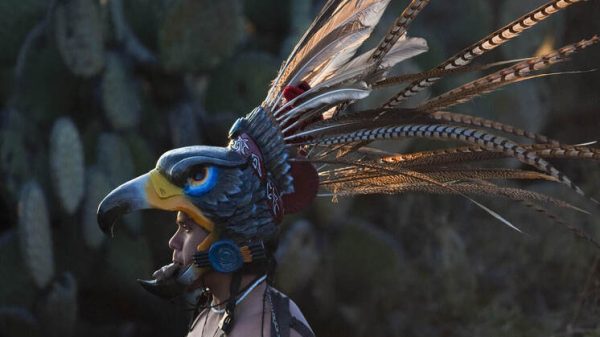


































Свежие комментарии